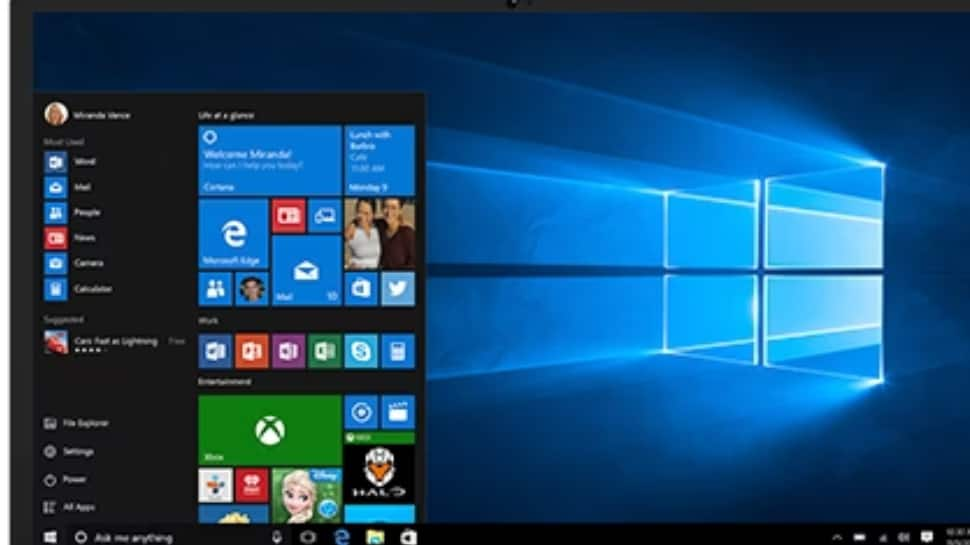Key Takeaways
- Windows 10 free support ends October 14, 2025, leaving systems without security updates
- Around 40% of Windows users still rely on Windows 10 as of September 2025
- Microsoft offers upgrade options and extended security for incompatible devices
Microsoft has officially ended free support for Windows 10 starting October 14, 2025. This marks a significant shift for the operating system that still powers millions of computers worldwide, with approximately 40% of Windows users continuing to rely on it despite Windows 11’s 2021 release.
What Windows 10 End of Support Means
With free support concluded, Windows 10 devices will no longer receive critical security patches, software updates, or technical assistance from Microsoft. While systems will continue functioning normally, they become increasingly vulnerable to cyber threats without regular protection updates. Microsoft emphasizes that Windows 11 provides enhanced security features designed for modern digital safety requirements.
Growing Cybersecurity Risks
Security experts warn that continuing with Windows 10 exposes users to heightened risks of hacking and phishing attacks. According to consumer group Which?, over five million UK users plan to stick with the outdated system, potentially compromising personal and financial data.
How to Protect Your System
The most effective protection method is upgrading to Windows 11. Most computers manufactured in the last four years should support this transition if they meet minimum requirements:
- 4GB RAM
- 64GB storage
- TPM 2.0 security chip
Microsoft provides a free compatibility checker, while Which? offers an online processor-based verification tool to determine upgrade eligibility.
Solutions for Older Computers
For devices incompatible with Windows 11, Microsoft’s Extended Security Update (ESU) program offers limited protection until October 13, 2026. This can be accessed free with a Microsoft account or purchased for $30 (or 1,000 Microsoft reward points).
Alternatively, users can consider switching to Linux operating systems like Ubuntu, which provide free, open-source alternatives with strong security and regular updates. Installation involves data backup and USB drive setup, with comprehensive guides available on Ubuntu’s official website.
As cybersecurity threats evolve, Windows 10 users must decide between upgrading, purchasing extended security, or migrating to alternative platforms to safeguard their devices and data in this new era.




